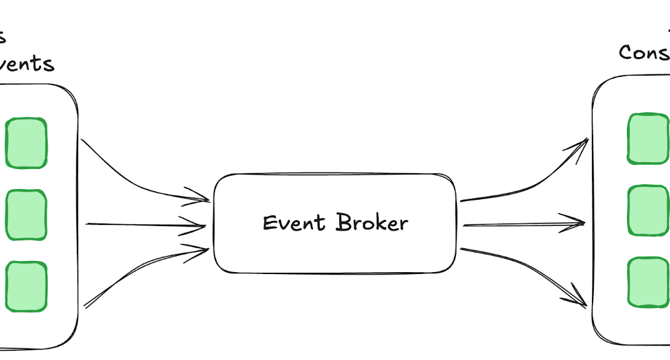Sdtimes
4w
234

Image Credit: Sdtimes
How to build a multi-agent orchestrator using Flink and Kafka
- Building multi-agent systems involves decomposing problems for specialized units to collaborate, where an orchestrator coordinates interactions.
- The orchestrator acts as a central entity deciding which agent should handle a task based on context, enhancing scalability and adaptability.
- Event-driven messaging, powered by technologies like Kafka and Flink, is crucial for multi-agent communication in dynamic environments.
- Agents in multi-agent systems communicate autonomously through event-driven architectures, enhancing flexibility and fault tolerance.
- The orchestrator pattern involves an orchestrator directing agents in problem-solving, ensuring effective collaboration and dynamic workflows.
- Event-driven architectures excel in tracking dependencies, failure recovery, and scaling multi-agent interactions.
- Apache Flink plays a key role in orchestrating multi-agent systems, enabling real-time decision-making and dynamic message routing.
- Flink, paired with Kafka, supports the orchestration pattern by processing messages, determining agent tasks, and facilitating agent interactions.
- In a hands-on example, an AI-driven sales development representative system showcases the practical implementation of an event-driven multi-agent system.
- Orchestration in Flink SQL involves external model inference to assign tasks, ensuring seamless workflows and autonomous agent operations.
- Event-driven architectures empower multi-agent systems to make real-time decisions efficiently and autonomously, adapting dynamically to new data.
Read Full Article
14 Likes
For uninterrupted reading, download the app